Ma'anshan, Yuzhong District: Awakening Urban Context and Block Regeneration
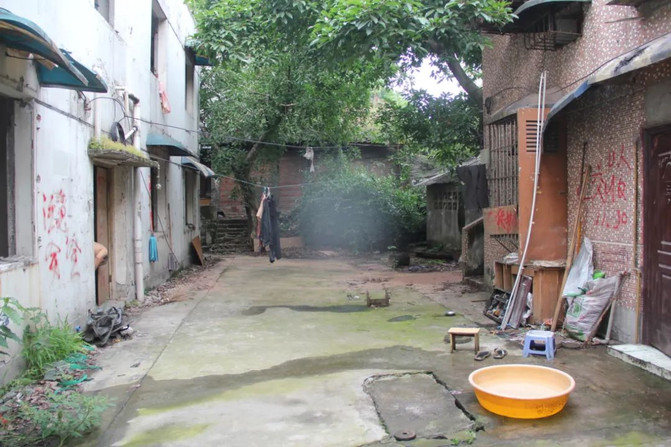

Change is happening every moment for the city of Chongqing.
Many times, we may even doubt that a city is alive, as its vitality is composed of the people, buildings, and cultural qualities unique to the city.
And these changes are the growth and evolution of cities.
More than half of the global population now resides in cities, while on the other hand, nearly one million people move into city centers every week. When a city has good planning, these become its sources of vitality.
Following this logic, let's enter the building.

Architecture is a living history and a tangible memory of the times. To some extent, the characteristics of a city are innate, and they are not reflected in uniform skyscrapers, but in historical buildings with unique styles and characteristics from different eras. These buildings record the changes of the times, contain regional cultural characteristics, and are filled with different architectural wisdom. Preserving these historical buildings is equivalent to preserving a small historical museum, allowing modern people to find a tower that can distinguish historical longitude and latitude in the fast-paced life, and enter a garden that can place their hearts.
For Chongqing, which has a history of three thousand years of city building, the ancient buildings scattered throughout the city are like the hands of an old man, made up of buildings and folds from different eras. When you see them, you can appreciate the spiritual symbols of that era.
In fact, once people feel the revival of ancient buildings, they will have reverence for this city. Pride and prosperity, or humiliation and decline, all the buildings that have witnessed history can give us admiration or warning.

Zaozilanya in Yuzhong District and Tangli in Ma'anshan are precisely such urban folds.
It has awakened.
01 Pearl covered in dust
The Ma'anshan Tangli project is located on the central axis of Yuzhong District, Chongqing, and is connected to the popular core attraction of the Chongqing People's Grand Hall by a stone staircase only a few steps away. In other words, it is an organic whole that combines the People's Grand Hall and the Three Gorges Museum.
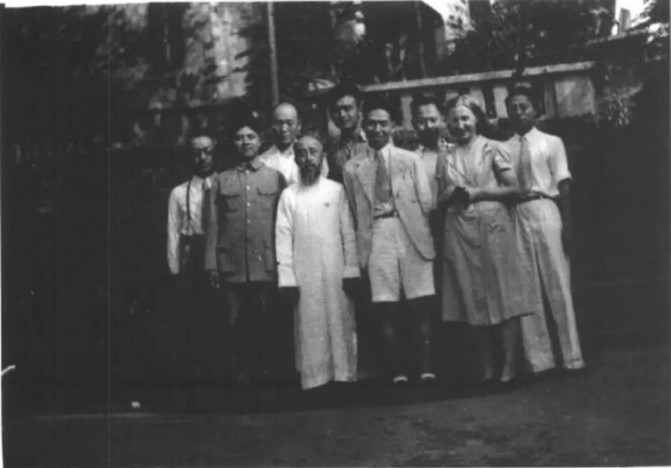
On July 3, 1939, before leaving Chongqing, Sakong was photographed with members of the National Salvation Association in Liangzhuangyuan
During the Anti Japanese War, Ma'anshan was the residence of Mr. Shen Junru, a famous democratic figure, former member of the Central People's Government, and President of the Supreme People's Court; Mr. Fan Changjiang, one of the founders of contemporary Chinese news and former president of the People's Daily, also held his wedding with Mr. Shen Junru's daughter here and resided there; In 1940, Mr. Mao Dun, who lived briefly in Chongqing, wrote the famous "Landscape Talk" here; Zhou Enlai, Ye Ting, Wang Ruofei, Wang Bingnan, Feng Yuxiang, Yu Youren, Tian Han, Guo Moruo, Sha Qianli, Zhang Shenfu and other Communist Party leaders and democrats are frequent visitors here; Building 28 in Ma'anshan became the office location of the Foreign Affairs Group of the Southern Bureau of the Communist Party of China at that time.
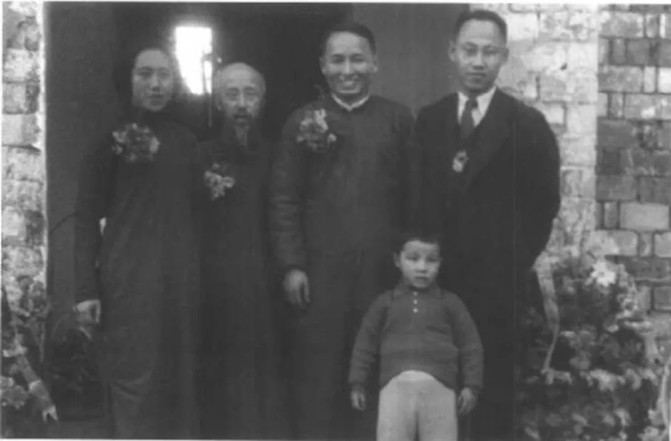
During the wedding of Fan Changjiang and Shen Pu, they took a photo with Shen Junru and Wang Bingnan. After the liberation, this place was taken over as a municipal public house and moved into someone else's home.
Undoubtedly, the residents who have moved in have used several generations to fill these small buildings, which are full of the atmosphere of the Republic of China, with too much smoke and fire - in addition to the spider web like electrical wires in the sky and the illegal buildings scattered on the ground, there are also countless flowing sewage and nowhere to place household garbage. Even several small buildings have become dangerous due to various reasons.

However, even so, this place is still full of artistic conception - in addition to the original cultural and heritage value of the small building, the architecture and overall environment also showcase the beauty of the Republic of China era, with green trees covering the area, clear moss stains, blue bricks and black tiles, stone steps and red walls. Although located in the bustling city, its unique elevation creates a relatively private and enclosed area on the mountain, creating a peaceful atmosphere amidst the hustle and bustle.

Pearl covered in dust.
02 Difficult repair and renovation
In 2016, Ma'anshan area was listed as one of the key projects in 28 traditional style blocks in Chongqing and 10 traditional style areas in Yuzhong District. It was planned and constructed by Kangxiang Company and divided into two areas, east and west.
Although the total construction volume is only about 28000 square meters, there is no doubt that this is not a small project.
The first area to be constructed is the western district, which includes Shen Junru's old residence and several small Republican buildings in the surrounding area. Among them, there is one municipal cultural relic, six cultural relic sites, one historical building, and two scenic buildings, which together with the environment form a unique historical scene. There are over 7000 people in total.

According to the description of the engineer in charge of surveying here at the time, "When we walked in here, our first impression was not the buildings, but the swarms of mosquitoes and scattered garbage. Tsk tsk, those mosquitoes were only big in size, and when they saw us, they pounced on us like beasts seeing food." At that time, Ma'anshan gave people the impression of an area that was "forgotten in the bustling city". The buildings themselves were dilapidated, the site was overgrown with weeds, mosquitoes were rampant, supporting facilities were lacking, fire hazards were serious, and the overall living environment was very poor.

However, what is even more difficult is that there are countless contradictions that need to be resolved during the construction process, including the contradiction between architectural style, construction scale, and handling the contradiction between building protection and repair and new business models, the contradiction between height control and functional use of regulatory buildings, the contradiction between construction scale requirements and land ownership, the elimination of hidden dangers in fire management, the problem of insufficient supporting urban pipeline networks, and the contradiction between insufficient protection, repair, and parking facilities.

It is not easy to make this place a "Chongqing Humanistic Reception Hall".
Organic renewal of urban areas in 03
At that time, the housing conditions in Ma'anshan were already very worrying, with severely aging underground pipelines and basically becoming shantytowns. Therefore, by drawing on the excellent experience and practices of advanced regions in China, urban renewal characterized by "maximum guarantee" and "micro renewal" has been put on the agenda. In practice, the responsible party of the project, Kangxiang Company, adheres to the work philosophy of "integrating the five states (cultural state, ecology, form, format, and commercial state)" throughout the entire process of repair and protection.

The connotation of community building is more than the demand for transforming urban functions. We focus on inheriting the unique cultural context of the area and protecting the historical sense accumulated in the old renovation area, "Kangxiang Company said in an interview. In fact, when they received this project, they also thought about many renovation ideas, but after repeated thinking and struggle, they finally decided not to play tricks, not sell skills, be honest, and respect culture.

Therefore, the planning concept of the Ma'anshan Tangli project is to clearly position cultural character, truly present cultural products, and fully showcase cultural brands. The essential element of Ma'anshan itself is "character", which is now presented as "appearance" in both design and implementation. The combination, collision, inheritance, and empowerment of new and old together create the "brand" in the hall.
This description is too theoretical. If expressed in more direct behavioral language, it would be based on the strategy of "cultural relic restoration, style improvement, environmental improvement, and hazard mitigation", adopting different methods for specific design based on different character elements to empower traditional style areas.

Kangxiang Company defines this planning approach as "organic renewal of urban areas based on the protection of traditional scenic areas".
04 Loyal to old beliefs, but higher than old beliefs
On July 20, 2017, the renovation work of the western area of the entire Ma'anshan Tangli project began.
Firstly, the cleaning of the entire environment. This is a job of 'protecting and repairing, eliminating the fake and preserving the real'! "Kangxiang Company believes that because there are too many illegal buildings in the project, it is not an easy task to distinguish which ones are original buildings and which ones are illegal. After demolishing the private and disorderly buildings in the area, Kangxiang Company has incorporated the planning concept of 'protecting cultural relics, continuing cultural heritage, and inheriting culture' into the buildings in the area based on their historical value and current quality, restoring the historical and cultural style of 'green bricks, black tiles, green trees, and red walls', and preserving the street and alley space and architectural characteristics in their original form.

In terms of spatial planning, Kangxiang Company follows the principle of "protecting the original and relaxing the meridians" to control the spacing scale of the entire block based on the original building spacing and spatial scale, and adopts the method of "not lower than+slightly higher" for repair. In fact, this is also the basis for restoring the original and orderly architectural scene to the maximum extent possible.
When it comes to greening plants, the principle of "protecting the original and presenting the original" is followed. Except for weeding that grows everywhere, most trees are kept in their original place, with only a few adopting protective transplanting. Facilities such as flower beds, railings, stairwells, and retaining walls are restored to their original state in a way that reproduces the scene.

The areas that require significant renovation are actually supporting systems. Whether it is the re planning, design, and installation of underground pipelines, or the construction of facilities such as transportation, fire protection, municipal services, and parking, they are all aimed at meeting the requirements of building new core attractiveness for traditional scenic areas while protecting and repairing them, and meeting the needs of the new era, new business models, and new demands.
Loyal to old beliefs, yet higher than them.
05 From motion to stillness, just one ladder away
So far, the renovation project of the western area of Ma'anshan Tangli project is about to be completed, and the "original appearance presentation" that has been defined throughout the project implementation process is also considered to be implemented. After abandoning the previous illegal constructions and sewage flow, walking up the stone staircase and entering this block rich in anti Japanese and united front culture, upon closer examination, one cannot help but exclaim, "It's truly a treasure trove.
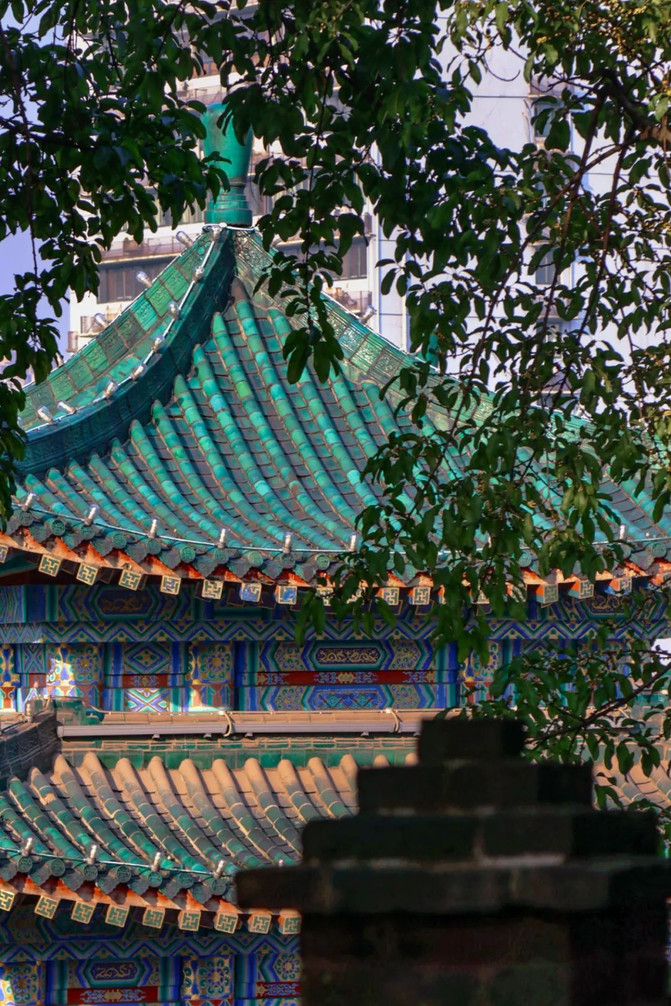
From the perspective of location and terrain, this is undoubtedly the core downtown area, located exactly on the central axis of Yuzhong District, behind the Great Hall of the People, with a typical mountain city terrain from a high vantage point. It was once a towering high point between Mount Loquat and Zengjiayan, with four views. According to Chen Shuaifo, the chairman of the Chinese Feng Shui Association, the Feng Shui of Chongqing is described as follows: Mount Loquat is the Ancestral Mountain, while Mount Ma'anshan is the third highest peak that follows the mountain trend and spirals up. The 'precious land' is well deserved.

From a spatial perspective, although Ma'anshan is located in a bustling city, its unique high altitude terrain creates a relatively private and enclosed area, with shade from large trees, belonging to the unique forest atmosphere of the city center. The internal paths and stone steps are winding and undulating, connecting the plateaus of different heights, forming a mountain city alley with local charm and affinity.
From an environmental perspective, there are numerous large trees with a diameter of over 25 centimeters at breast height in the Ma'anshan area. Small buildings full of Republican style are hidden in lush forests, with native railings, fortresses, staircases, stone steps, and brick walls covered in moss and green plants everywhere. The winding paths lead to secluded scenery - if you climb up the stairs from the grand hall, you will inevitably feel like you have instantly entered a quiet forest from the bustling world.

From motion to stillness, only one ladder away.
Not to mention the profound historical and cultural heritage that this place already carries.
06 Everything is not over yet
In fact, for Ma'anshan, it is far from over.

If the western district is mainly focused on cultural relics and historical buildings for renovation, and in the future, more leisure businesses with culture, cultural creativity, and low energy consumption as the core will be chosen, then the eastern district is suitable for all industries related to leisure and tourism. For Kangxiang Company, they hope that the tone and temperament of Ma'anshan in the future will be elegant yet inclusive.
For this reason, in the import system of Ma'anshan, they only strengthened the signage at a few entry points. Although as the owner, they certainly want to welcome customers from all over the world, they also want to create a strong contrast between movement and stillness. After all, this is not just a simple tourism project, but more importantly, it is the grandeur and glory recorded in time and history books.
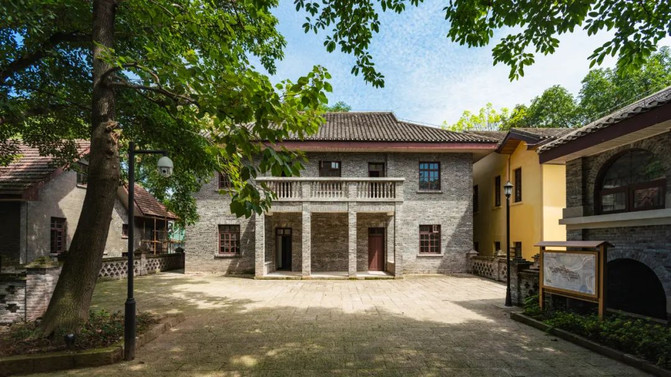
In Yuzhong District, the mother city of Chongqing, there are many places like Ma'anshan. As we mentioned earlier in this article, the scattered clusters of ancient buildings are like spiritual symbols of various eras in this city. The growth model of Ma'anshan's block renewal this time also provides sufficient exploration experience for the renovation of more such buildings. We cannot describe it as a template, but in the situation where there is not much available space for urban planning land and it is impossible to expand the city border more, the organic renewal and iteration of urban inward development, blocks or areas, especially in areas involving cultural heritage and even cultural continuity, undoubtedly have demonstrative significance.

Everything is not over yet.
Everything has just begun.
